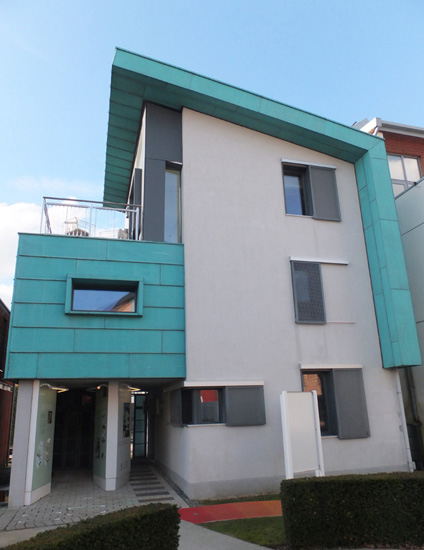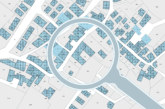
The construction of new homes ‘offsite’ is tipped by many to be a strong element in the much needed development of new homes. PHPD recently attended the Offsite Outlooks Construction event at the Building Research Establishment (BRE) to gauge a snapshot of industry views.
In partnership with the BRE, the Structural Timber Association (STA) recently hosted the Offsite Outlooks Conference, a daylong event discussing and debating the benefits of offsite construction and mass customisation in the house-building sector. Hosted at the BRE, Watford, industry speakers from a number of organisations, including BuildOffsite, RICS, BIM4Housing, Barratt Homes and Laing O’Rourke discussed offsite construction and the full benefits of Building Information Modelling (BIM).
Commenting before the event, Chief Executive of the Structural Timber Association, Andrew Carpenter said, “Offsite construction could significantly aid in the Government’s target of building 400,000 affordable homes by 2020. Providing a quicker build time, low carbon alternative to brick and block, offsite construction can prevent costly delays in house building projects.”
Build times
Barratt Homes has teamed up with Stuart Milne timber systems to build timber structures offsite in order to assess cost and project time.
Speaking at the event Alex Goodfellow, Managing Director at Stewart Milnes Homes Central Scotland commented on some time-saving initiatives; “We’ve brought in scaffold-less systems not just for speed but for cost, the later you can bring things on to site, the less it will cost you. The less reliant you are on other trades, and you can control your own time on site.”
Skills gap
It is well know the skills gap is having an impact on the building industry and this is no different with offsite construction. Different skills are needed due to the processes involved; therefore a revised approach to training people will be needed in the future.
Ian Heptonstall, Project Director, Offsite Management School noted; “We need multiple technicians putting together these assemblies, colleges are not producing the right skills operatives for the industry we’re in, so we need to change that as it’s not just about management level skills.”
The offsite management school is designed to assist suppliers with the logistics and processes that are involved when constructing offsite, challenging them to think differently about the whole industry.
Energy Efficiency
Talking about the opportunities for Passive House construction Ron Beattie from Beattie Passiv explained how the company had set up ‘flying factories’ in order to reduce costs on transport and time. He explained how a recent retrofit built to the company’s specifications took just three weeks to complete.
He also noted how checks on the manufacturing process can be handled thanks to the fact that when built offsite strict control and supervision in a controlled environment was straightforward.
“We have a building inspector come round on one day and our insurer on another, so taking things offsite can improve that and make sure that those checks are done properly,” commented Ron Beattie.
The role of BIM
Also, at the event, the BIM4Housing task group outlined the benefits of BIM and how they can be better implemented in the timber, offsite and housebuilding sectors. The group highlighted how proper implementation of BIM and collaboration through the supply chain from the initial design stage can result in less project changes and the delivery of a project on time and on budget.
The Offsite Outlooks Conference took place on Thursday 11th February 2016, at BRE Watford.








